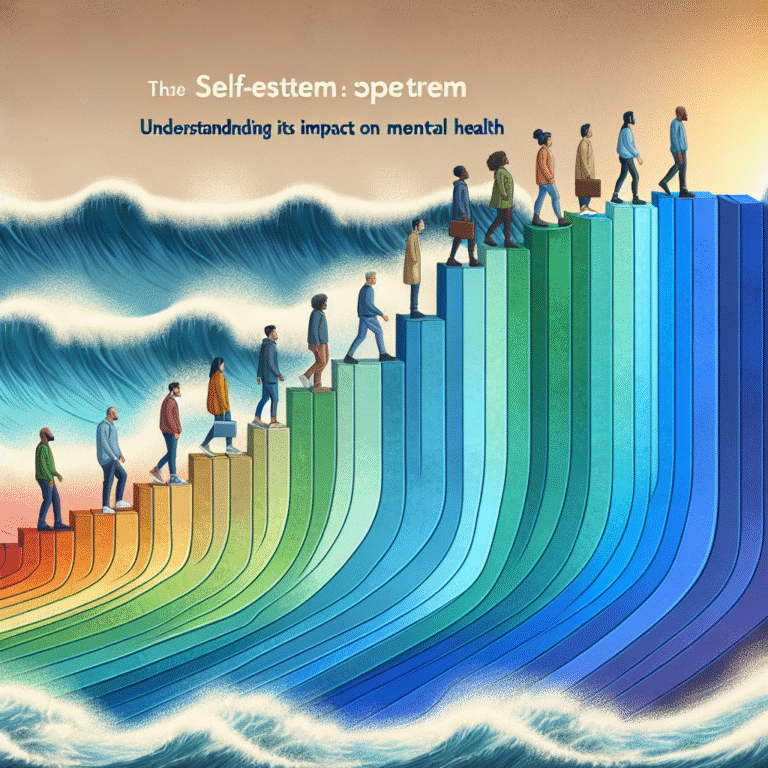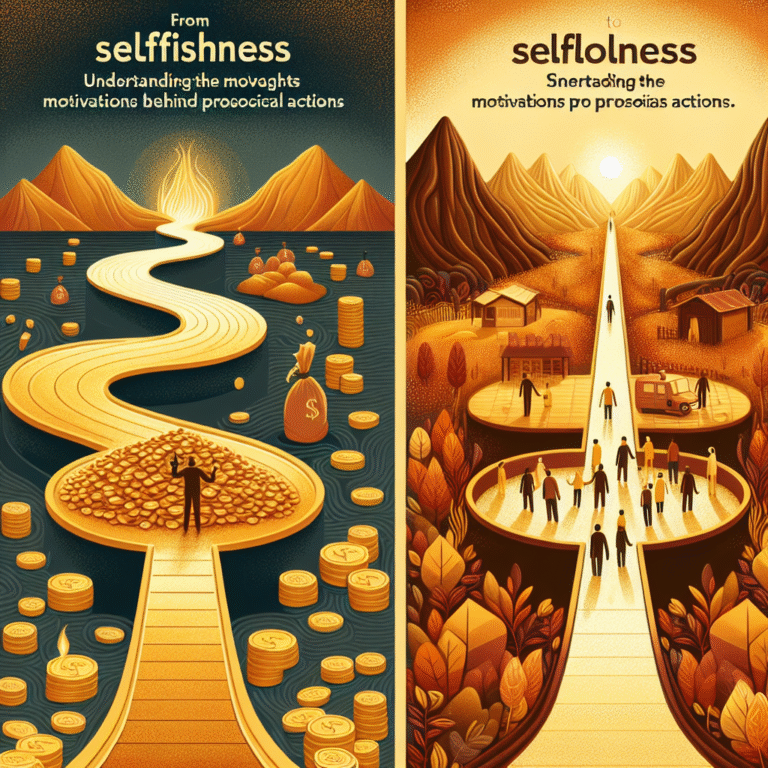
Introduction
Anger—it’s a primal emotion, often viewed in a negative light. Yet, what if we told you that anger could serve as a powerful catalyst for positive change? In today’s fast-paced world, the ability to channel aggression into constructive actions is not just beneficial; it’s essential. By understanding how to redirect feelings of anger from destructive pathways toward productive outcomes, we can transform our lives, relationships, and communities.
This article delves deeply into the process of transforming anger into action. We explore psychological insights, real-life case studies, and proven techniques that empower you to harness your emotional energy positively. When you learn to master this skill, you will not only improve your well-being but also inspire others around you.
Understanding the Nature of Anger
The Emotion of Anger: A Double-Edged Sword
Anger is a natural response to perceived threats, injustices, or frustrations. However, unregulated anger leads to adverse consequences like conflict and mental health issues. Thus, the challenge lies in recognizing anger’s potential, understanding its roots, and channeling it into constructive behaviors.
Why We Get Angry
- Biological Reactions: Anger triggers the fight-or-flight response, elevating heart rate and adrenaline levels.
- Psychological Triggers: Situations perceived as unfair or threatening often provoke feelings of anger.
- Social Factors: Cultural norms and upbringing can shape how we express and manage anger.
Recognizing Your Triggers
Identifying what elicits your anger is the first step toward managing it. Keep a journal to record instances that trigger feelings of anger. This practice increases self-awareness and aids in recognizing patterns over time.
Case Study: The Power of Self-awareness
Jennifer, a corporate manager, found herself regularly overwhelmed by anger during team meetings. By journaling her triggers, she realized that her anger often arose from feeling unheard. This awareness prompted her to develop better communication strategies, turning anger into positive dialogue.
From Anger to Action: Practical Strategies
1. Mindfulness and Emotional Regulation
Mindfulness practices, such as meditation and deep-breathing techniques, can help calm an agitated mind.
| Mindfulness Techniques | Benefits |
|---|---|
| Meditation | Reduces stress and enhances self-awareness |
| Deep Breathing | Promotes relaxation and mental clarity |
| Visualization | Helps envision positive outcomes |
How to Get Started
Implement a daily routine for mindfulness, starting with just five minutes. Apps like Headspace and Calm can guide you in your practices.
2. Channeling Anger into Physical Activity
Exercise is an effective outlet for aggression. When you feel your anger bubbling up, consider engaging in physical activity.
- Cardio Workouts: Running, biking, or swimming can help release pent-up energy.
- Strength Training: Lifting weights not only builds physical strength but also self-discipline.
Case Study: Fitness as an Outlet
Mark, an amateur athlete, redirected his workplace frustrations into his cycling routine. After a tough day, he found that a long ride improved not only his mood but also his performance at work.
3. Creative Expression
Artistic pursuits can serve as powerful means of expression and catharsis. Painting, writing, or music provide avenues for transforming anger into creativity.
- Benefits of Creative Expression: Engages different brain regions, allowing for emotional release.
- Types of Creative Outlets: Choose based on your interests—visual arts, writing, music, or dance.
Case Study: Art Therapy in Action
A local community center introduced an art therapy program targeting youth in high-crime areas. Participants created murals that reflected their frustrations and dreams, leading to a significant decrease in violent incidents.
4. Engaging in Advocacy
Redirecting anger toward social causes can lead to meaningful change. Activism channels frustration into action, empowering individuals to address issues that matter to them.
How to Get Involved
- Volunteer: Give your time to causes that resonate with you.
- Join Advocacy Groups: Connect with others who share your concerns, amplifying your impact.
Case Study: Anger Transformed into Activism
After a devastating loss due to pollution, Sarah rallied her community to advocate for environmental policies. Her anger fueled tireless campaigns, rallying hundreds to the cause, showcasing that anger can indeed lead to positive change.
The Science Behind Channeling Anger
Psychological Benefits
- Reducing stress and anxiety through healthy outlets can lead to improved mental health.
- Transformative anger management techniques enhance emotional intelligence, aiding in interpersonal relationships.
Case Study: A Business Transformation
A tech company implemented mandatory anger management training for employees. The results were astounding: a 30% increase in team collaboration and productivity, demonstrating the vast potential of managing emotional responses in work environments.
5. Building Strong Relationships
Aggression can weaken relationships, but transforming that energy can also strengthen bonds. Open communication, empathy, and understanding are essential.
- Speak Up: Use “I” statements to express feelings without placing blame.
- Listen Actively: Engage with others’ emotions and viewpoints to build rapport.
Case Study: Healing through Communication
Adam and his partner faced recurrent arguments stemming from unresolved anger. By engaging in couple’s therapy, they learned to articulate their feelings positively, ultimately leading to a healthier, more nurturing relationship.
Conclusion
In summary, understanding how to channel aggression positively can transform your life and the lives of those around you. Anger, when harnessed properly, becomes a catalyst for change, prompting you to take meaningful actions rather than destructive ones. Start recognizing your triggers, practice mindfulness, engage in creative activities, and advocate for the causes that ignite your passion.
As you move From Anger to Action: How to Channel Aggression Positively, remember that your emotional energy can be your greatest ally in personal and societal transformation. Embrace the power of positive aggression and watch as your life and the lives of others flourish.
FAQs
1. What is the best way to deal with anger in the moment?
Practicing deep breathing or stepping away from the situation can provide immediate relief. Afterward, reflect on the triggers and think of constructive responses.
2. Can anger ever be a positive emotion?
Yes, when channeled appropriately, anger can motivate individuals to advocate for social change, improve personal situations, and foster strong relationships.
3. How long does it typically take to manage anger effectively?
Everyone’s timeline is different. However, consistent practice of anger management techniques can lead to noticeable changes within a few weeks to a few months.
4. Is seeking professional help necessary for managing anger?
While many can manage anger with self-help techniques, consulting a mental health professional can provide personalized strategies and support, especially for chronic issues.
5. How can I support someone else struggling with anger?
Listen actively without judgment. Encourage them to seek constructive outlets for their feelings and offer to participate in activities together that promote emotional health.
By harnessing anger rather than suppressing it, we create a world where feelings can inspire action and change. Through understanding, compassion, and a willingness to act positively, we can convert one of humanity’s fiercest emotions into a force for good.
















